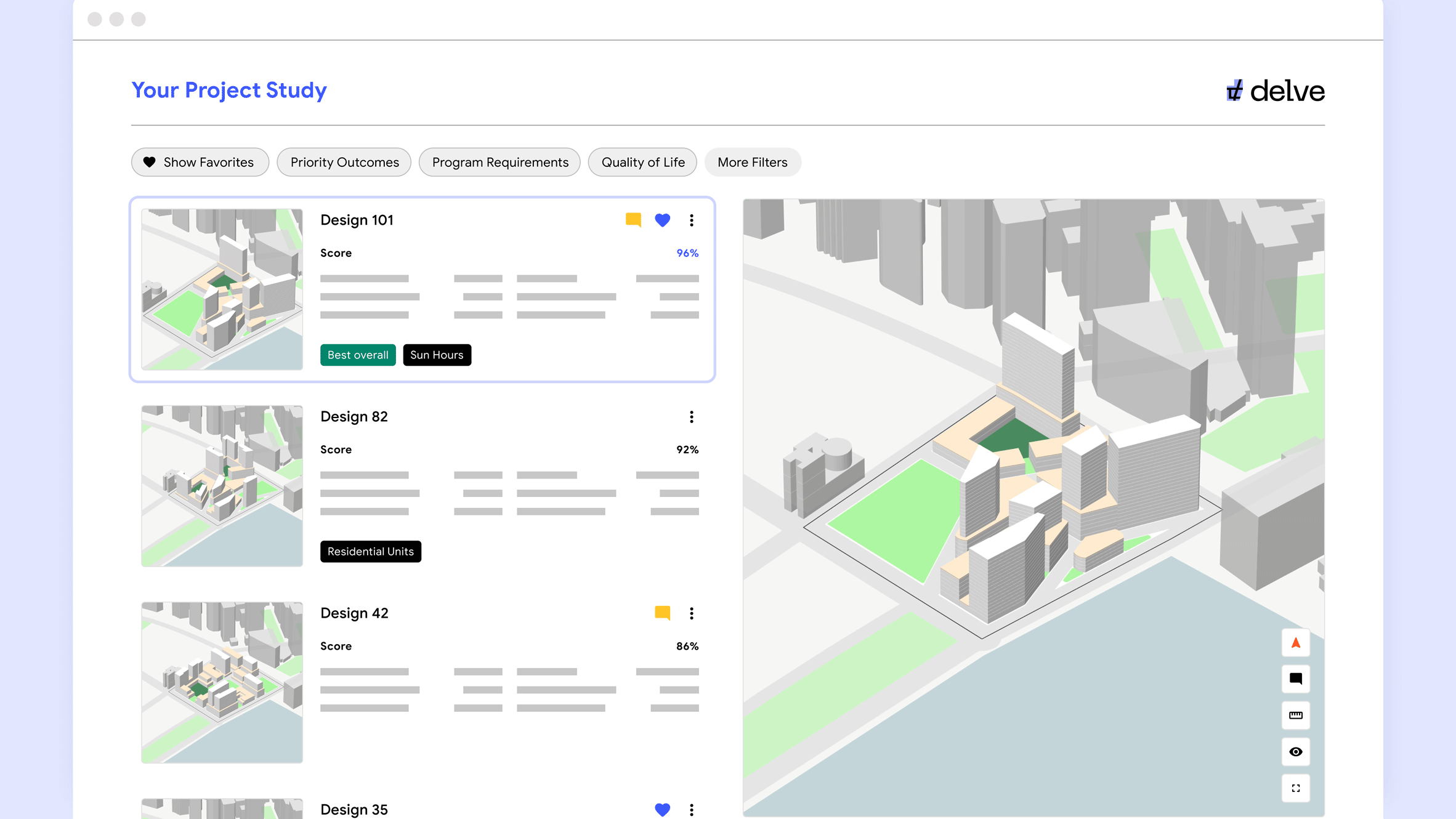
Ten AI companies that architects and designers need to know
Dozens of AI tools are emerging that could dramatically alter how architects and designers work. As part of our AItopia series, Dezeen rounds up 10 of the most significant.
Architects and designers are used to working with new technologies, but the rapid progress of artificial intelligence promises to usher in a wave of products that could shake-up the creative industries.
According to venture capital firm A/O Proptech, AI startups focused on the built environment have raised $12.3 billion in funding in the last three years.
Below is a list of 10 of the most significant, which was curated with the help of architects and researchers Neil Leach and George Guida.
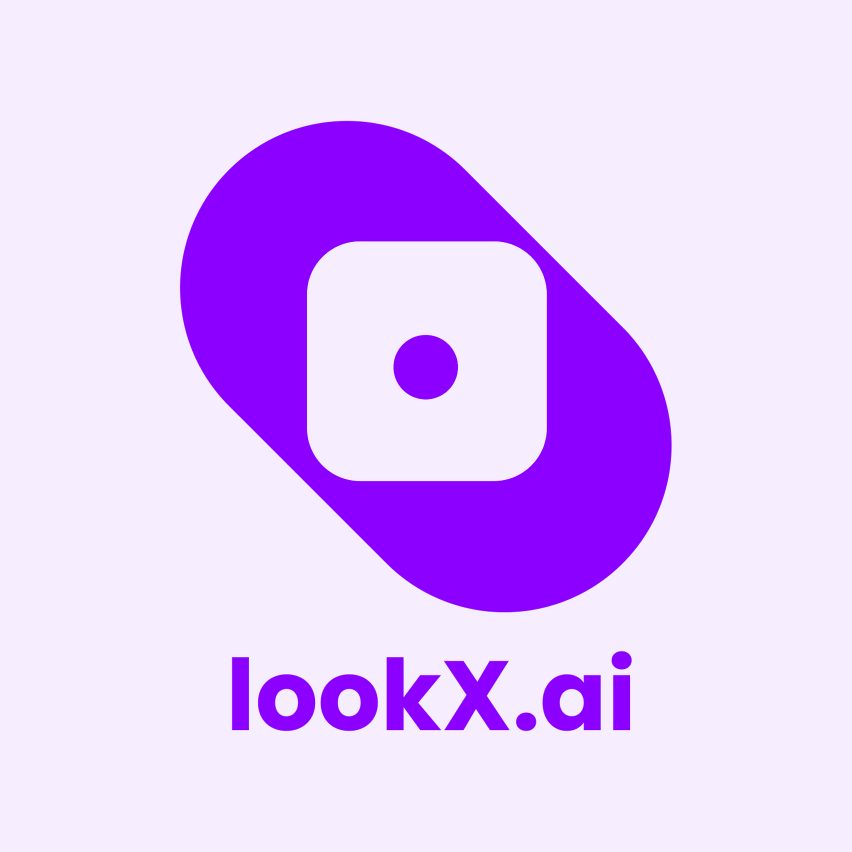
Founded in Shenzhen in 2016, Xkool was among the first AI tools trained specifically for architects, with the English-language version of the platform, LookX, based in Los Angeles.
With the help of deep learning, LookX's tools enable users to generate visualisations of projects with fine-tuned parameters that take account of style, requirements, cost and regulations.
Dezeen recently interviewed LookX co-founder and CEO Wanyu He.
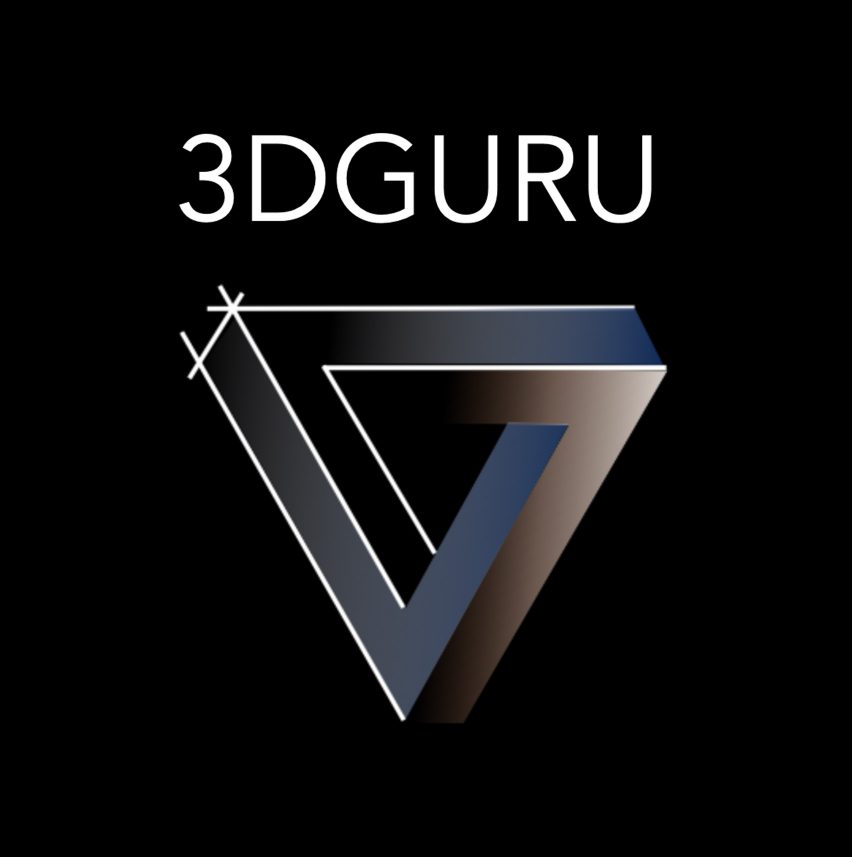
Currently still in the pilot phase, San Francisco startup 3DGuru describes its tool as an "AI interior designer".
It operates as a chatbot that can suggest a floorplan for an interior space based on a photo, present a visualisation of a design, and recommend specific furniture and finish products based on taste and budget.
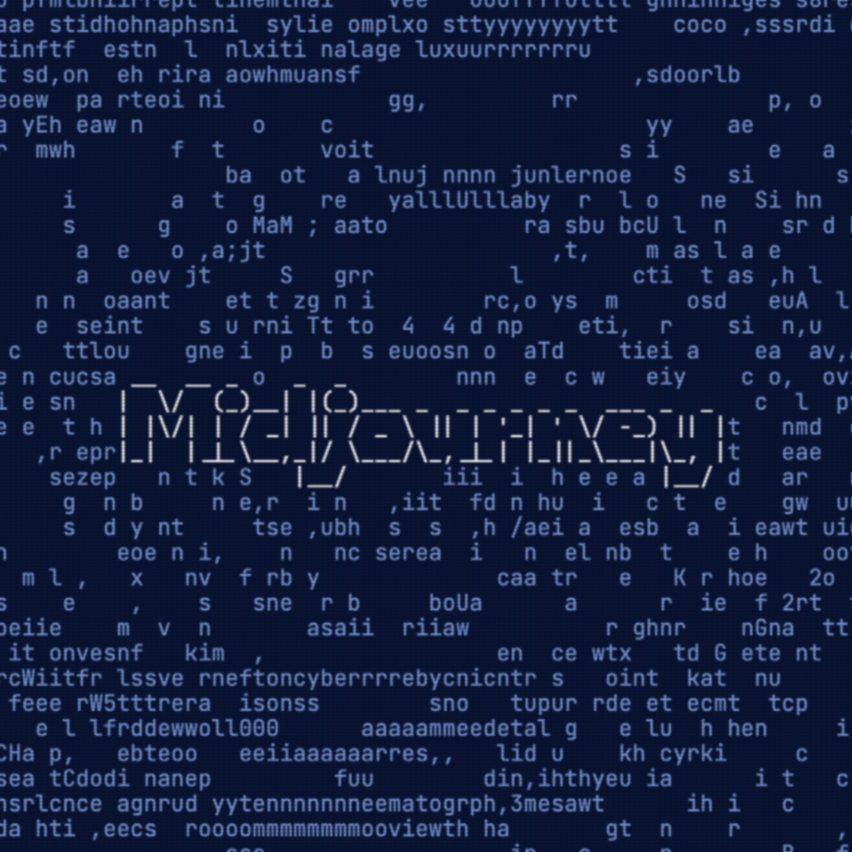
Among the so-called diffusion models capable of generating high-quality images from user prompts, Midjourney has emerged as the most impressive, with multiple instances of its outputs being mistaken for genuine photographs.
Although not specific to architecture or design, it is capable of producing convincing renderings of imaginary projects, with the most recent version able to fabricate building plans and sections.

Another leading, more recently launched text-to-image model is Adobe Firefly, pitched as an essential companion for graphic designers.
As well as being integrated into the company's other products such as Photoshop, Firefly is trained on Adobe's own library of stock images. This means it should be less susceptible to claims of intellectual property infringement, something that has been an issue for other AI art tools.
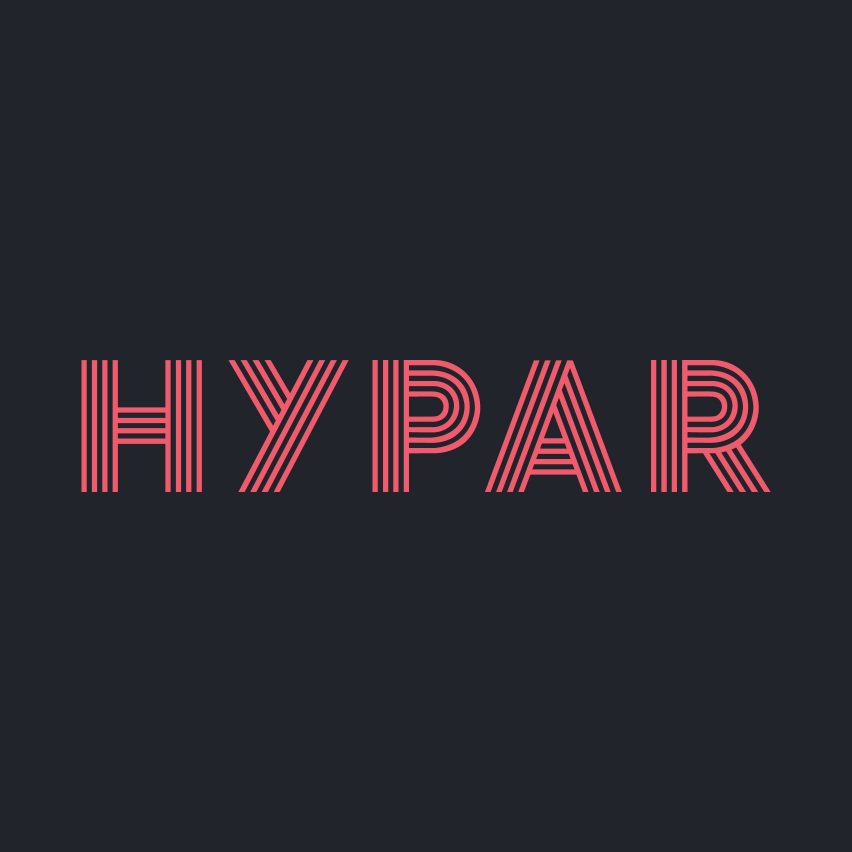
Los Angeles-based Hypar is one of a handful of AI tools focused heavily on using data analysis to speed up the early concept design stages of a project, and has been described as "text-to-BIM" [building information management].
Designed to work alongside other popular architecture software such as Revit, Rhino and Grasshopper, Hypar allows users to describe project parameters and constraints as prompts and then generates geometry and metadata accordingly.
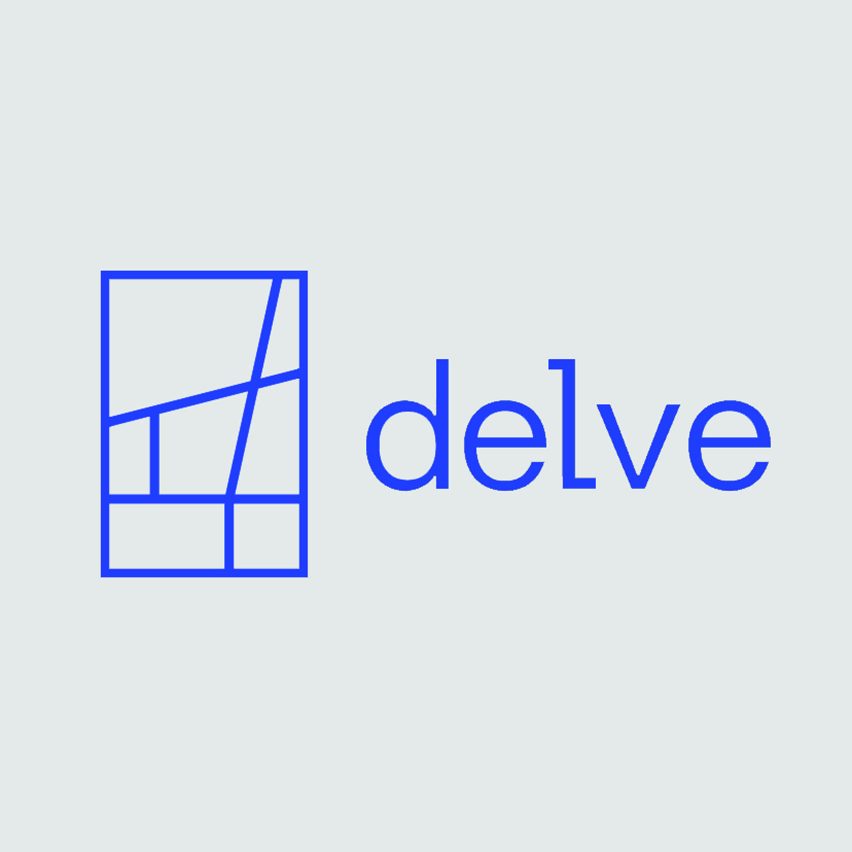
Launched in 2020 by Google's Sidewalk Labs, Delve (pictured top) is another tool focused on using machine learning to speed up early concept design.
Having been trained on data about city neighbourhoods, it generates millions of options for developments based on user criteria including budget, size and site constraints, and ranks them on how well they meet the priorities. It also provides information on how much daylight each individual apartment would receive in a residential building.

Formerly called Spacemaker before it was acquired by major US design software firm Autodesk in 2020 for $240 million, Forma is a competitor of Hypar and Delve.
Autodesk claims that one large architecture firm improved productivity by 50 per cent in early-phase development projects by using the tool.

Swedish startup Finch3D was established by architecture studio Wallgren Arkitekter and Swedish construction company BOX Bygg in 2019 and now has 18,000 users on its waitlist.
It allows users to rapidly generate and edit floorplans that are optimised to a range of criteria, including CO2 efficiency.

Tel Aviv-founded firm Swapp claims to be an AI-powered construction document creator – automating one of the most fiddly and technically difficult aspects of an architect's job.
In an opinion piece for Architizer, Swapp founder and CEO Eitan Tsarfati suggested the tool could stop architects from becoming discontented and leaving the profession.
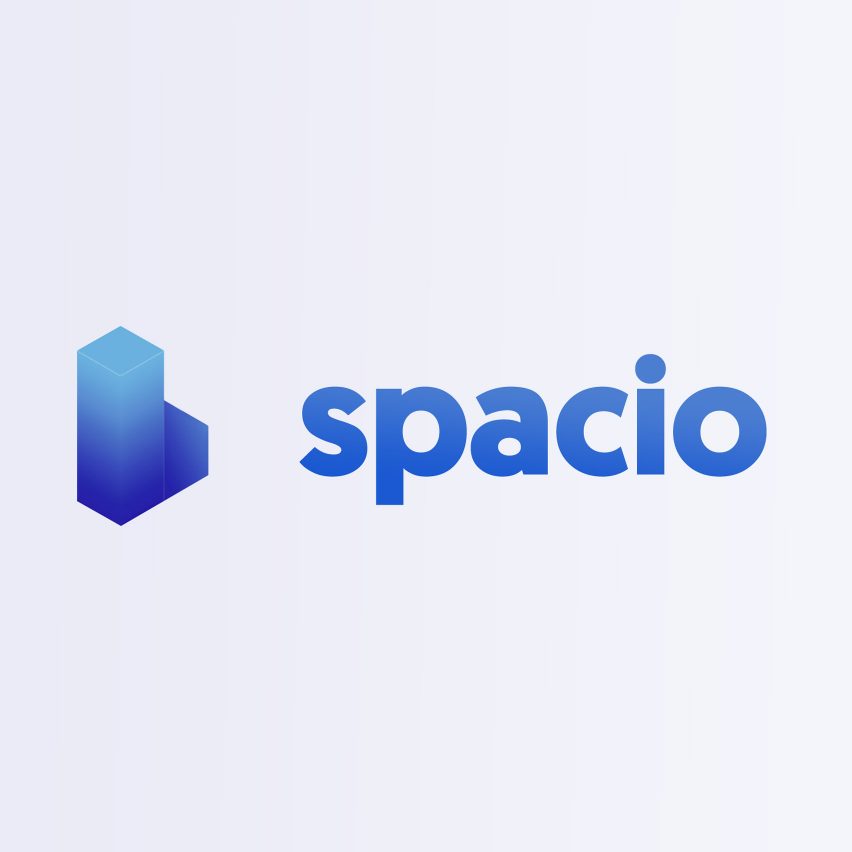
Still in beta phase, Spacio calls itself an "all-in-one tool for designing buildings" that can be used in a web browser.
With an emphasis on being easy to use, it promises to "democratise the access to design intelligence", allowing users to produce floorplans and digital sketches as well as running simulations on daylight, noise, wind and stormwater in a matter of clicks.

AItopia
This article is part of Dezeen's AItopia series, which explores the impact of artificial intelligence (AI) on design, architecture and humanity, both now and in the future.